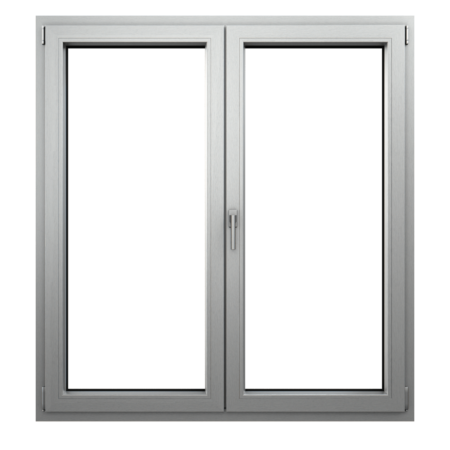The difference between U value and R values in windows

Windows play a crucial role in keeping your home comfortable and energy-efficient. Well-insulated, high-performance windows can help stabilize indoor temperatures and lower energy bills. But when shopping for the best options, terms like U-value and R-value can get confusing. Understanding what these measurements mean is key to choosing windows that optimize insulation and maximize savings. Let’s break down the differences and why they’re important for your home’s comfort and energy efficiency.
Key Differences Between the U Value and R Value
- U-Value: U-value measures how much heat passes through a material, such as a window. The lower the U-value, the better the window’s insulation, meaning less heat escapes.
- R-Value: R-value represents a material’s thermal resistance, or its ability to block heat flow. The higher the R-value, the better the insulation.
The two are inversely related: U-value is the reciprocal of R-value (U = 1/R), meaning a high R-value leads to a low U-value, and vice versa.
When selecting windows, both U-value and R-value are important, but their relevance can shift depending on your climate.

Double pane windows – a good investment?
In colder climates, a low U-value is essential for minimizing heat loss and keeping your home warmer, reducing the strain on your heating system. In hotter climates, a low U-value is equally critical, as it helps block excess heat from entering, lowering cooling costs. Whether you’re retaining heat or keeping it out, U-value directly impacts both your comfort and energy bills.
R-value, on the other hand, measures the window’s overall insulation. A higher R-value means the window resists heat transfer more effectively, maintaining stable indoor temperatures year-round. While U-value is more specific to climate, a high R-value indicates better insulation regardless of where you live.
By considering both U-value and R-value, you can choose windows that are tailored to your climate and provide long-term energy efficiency.

Role of U-Value and R-Value in Window Performance
When selecting windows, both U-value and R-value are important, but their relevance may vary depending on your climate.
In colder climates, a low U-value is crucial for minimizing heat loss and keeping your home warmer, reducing heating costs. In hotter climates, a low U-value prevents excess heat from entering, lowering the need for air conditioning. U-value measures the rate at which heat flows through 1 square foot of the entire window assembly, including the glass, frame, and spacers. The lower the U-value, the better the window is at reducing heat transfer, making it essential for year-round energy efficiency.
It’s also important to note that U-value is included in NFRC (National Fenestration Rating Council) labeling, which provides standardized energy performance ratings for windows. The U-value also takes airflow into account, which the R-value does not.
R-value, by contrast, measures a material’s resistance to heat flow, focusing specifically on insulation. It’s more commonly used for materials like insulation in attics but can help provide an understanding of how well a window resists heat transfer. A higher R-value indicates better insulation, making it useful for maintaining stable indoor temperatures. However, R-value is not included in NFRC labeling for windows.
In short, while U-value is the more commonly used measure for windows and is especially critical in NFRC ratings, R-value is still useful for understanding the insulating properties of specific materials.
See the products
How Does R-Value Factor into Window Energy Efficiency?
While U-value is often the main focus in window performance, R-value plays a crucial role during installation. It measures how well materials like insulation and caulking around the window resist heat transfer. A higher R-value reduces drafts and energy loss, but proper installation is essential to achieve these benefits.
Even the most energy-efficient windows can lose their effectiveness if not installed properly. Gaps or improper sealing can lower the R-value, allowing heat transfer and diminishing the window’s energy-saving potential.
It’s important to note that a window’s R-value is separate from the overall R-value of the wall it’s installed in. Poor installation can create thermal bridges, reducing the wall’s energy efficiency and possibly voiding the window’s warranty.
Before You Go – final thoughts!
Choosing the right windows is essential for both energy efficiency and comfort. Understanding the differences between U-value and R-value will help you make informed decisions: U-value measures heat transfer, while R-value reflects thermal resistance. Both are critical depending on your climate and insulation needs.
For high-performance windows, explore OKNOPLAST’s wide range of options. Our windows are crafted to deliver exceptional energy efficiency and keep your home comfortable year-round.
We’re here to support you at every stage
Request a quote, consult your project, or simply ask us anything—we’re ready to help make your vision a reality.
Send a request
"*" indicates required fields





